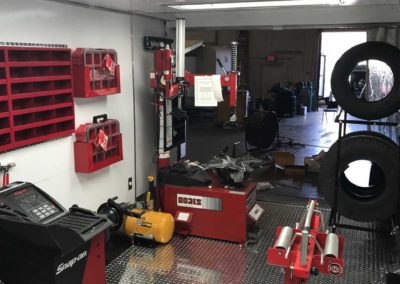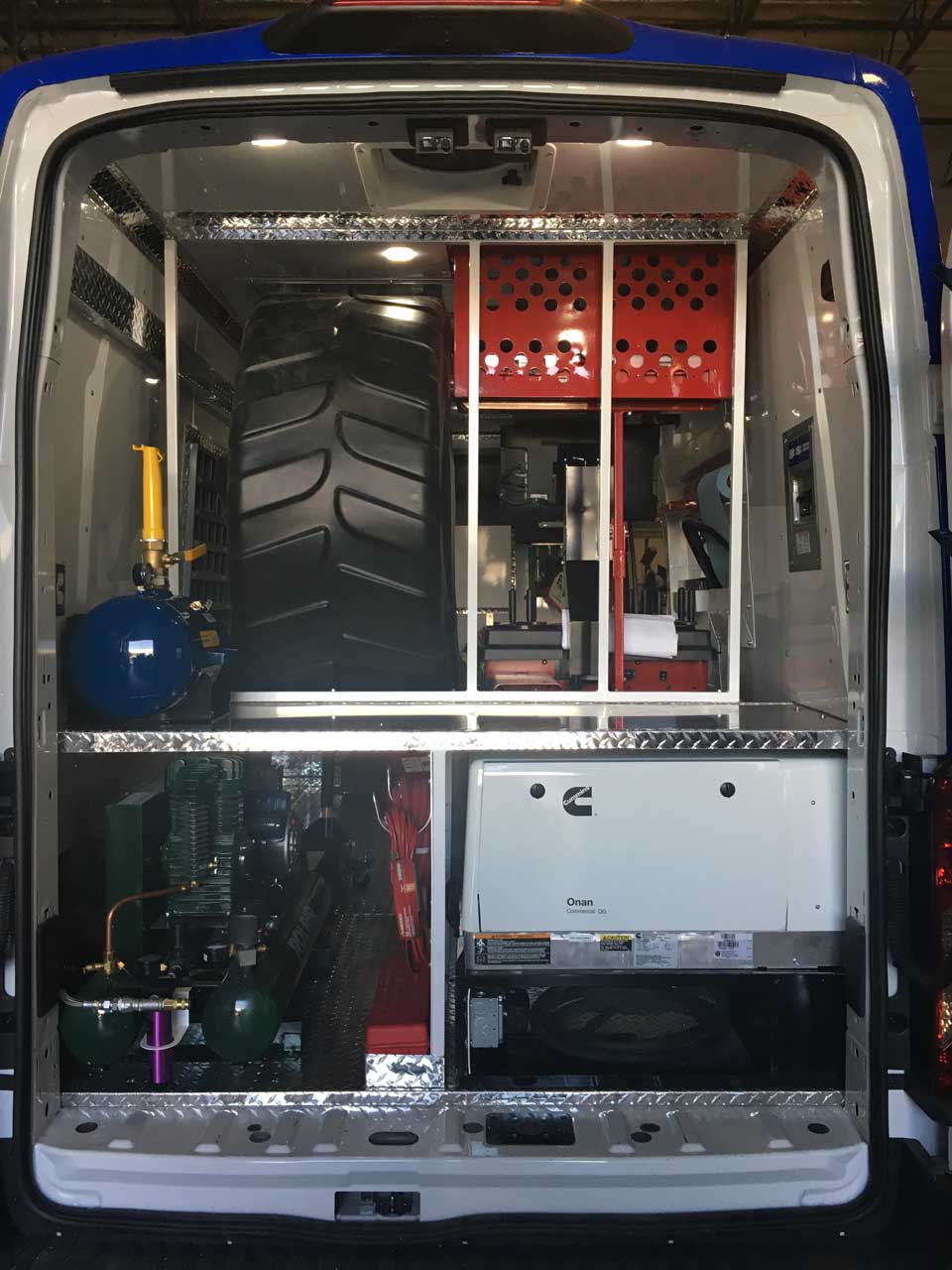Reliable Mobile Tire Change and Replacement in Las Vegas
Reliable Mobile Tire Change and Replacement in Las Vegas
Blog Article
Tire Solution: Proven Techniques for Optimum Tire Maintenance and Care
From guaranteeing proper tire pressure to routine rotation and placement, there are proven approaches that can considerably expand the life-span of your tires and boost general driving experience. Allow's dive right into the world of tire service and discover the tricks to keeping your tires in first-class form for the long haul - Mobile Tire Change Las Vegas.
Importance of Tire Pressure
Ample tire pressure promotes much better fuel effectiveness, as under-inflated tires can lead to enhanced rolling resistance, causing the engine to function more challenging and eat even more fuel. Proper tire pressure makes certain even step wear, boosting tire long life and conserving money in the lengthy run by delaying the need for early replacements. Consistently changing and inspecting tire stress, specifically previously lengthy trips, is an easy yet effective method to improve lorry efficiency, prolong tire life expectancy, and prioritize security on the roadway.
Tire Turning Guidelines
When thinking about tire turning guidelines, it is vital to understand the importance of this maintenance task in maximizing tire life expectancy and preserving optimal car performance. Tire rotation involves changing the position of each tire on a lorry to make certain even step wear. Front tires often tend to use quicker than rear tires as a result of steering pressures, making normal rotation important for balanced wear patterns. The advised turning pattern varies relying on whether a lorry is front-wheel, rear-wheel, all-wheel, or 4x4. Typically, tires need to be rotated every 5,000 to 7,500 miles, or as advised in the vehicle guidebook. Neglecting tire turning can result in irregular wear, influencing handling, traction, and potentially compromising vehicle safety. By sticking to proper rotation guidelines, vehicle drivers can expand the life of their tires, enhance fuel efficiency, and enhance general driving experience. Regular rotation is a straightforward yet effective maintenance technique that contributes significantly to tire long life and car efficiency.

Benefits of Wheel Positioning
Making sure correct wheel placement after tire turning is vital for preserving well balanced wear patterns and making the most of lorry performance. Additionally, appropriate wheel alignment aids to extend the life expectancy of your tires. Misaligned wheels can create irregular tire wear, leading to early tire substitute and increased maintenance costs.

Tire Tread Depth Inspect
Executing a normal inspection of tire walk deepness is important for check my reference maintaining secure driving problems and extending the life expectancy of your tires. The tread on your tires plays an essential function in providing traction, particularly in wet or unsafe conditions. To check your tire step depth, you can utilize a step deepness gauge or the penny examination. The advised walk deepness goes to least 2/32 of an inch. If the walk depth is below this threshold, it is time to replace your tires to make sure optimum efficiency and security when driving. Uneven tread wear can show concerns with tire stress, alignment, or suspension, highlighting the significance of regular tread deepness checks. Neglecting to keep track of and preserve correct walk depth can bring about decreased grasp, longer stopping distances, and an increased risk of hydroplaning. By incorporating tire tread deepness checks right into your regular upkeep routine, you can drive with self-confidence knowing that your tires remain in top problem.
Seasonal Tire Assessment
Seasonal tire evaluation is a basic aspect of tire upkeep that guarantees tires are all set to encounter the difficulties postured by various weather condition conditions. In prep work for winter months, it is vital to check the tire stress regularly as chilly temperature levels can trigger tire pressure to go down. By carrying out find out here routine seasonal tire inspections, drivers can prolong tire life expectancy, boost gas efficiency, and most importantly, make certain a safe driving experience in varying climate conditions.
Conclusion
Finally, maintaining correct tire stress, rotating tires frequently, straightening wheels properly, checking tread deepness, and conducting seasonal assessments are important methods for ideal tire care. By following these shown methods, motorists can guarantee their tires last longer, carry out much better, and add to overall lorry safety. It is essential to focus on tire upkeep to avoid mishaps, boost fuel efficiency, and lengthen the lifespan of tires.
Appropriate tire stress promotes far better gas performance, as under-inflated tires can lead to boosted rolling resistance, creating the engine to function more challenging and take in more fuel.When thinking about tire rotation standards, it is vital to recognize the importance of this upkeep job in making the most of tire life expectancy and preserving ideal automobile efficiency. Seasonal tire evaluation is a basic facet of tire maintenance that guarantees tires are all set to face the obstacles presented by different climate problems. By performing regular seasonal tire assessments, drivers can lengthen tire life-span, improve fuel effectiveness, and most significantly, guarantee a safe and secure driving experience in varying weather problems.
In final thought, keeping appropriate tire pressure, turning tires consistently, straightening wheels properly, checking tread deepness, and performing seasonal inspections are essential methods for optimum tire care.
Report this page